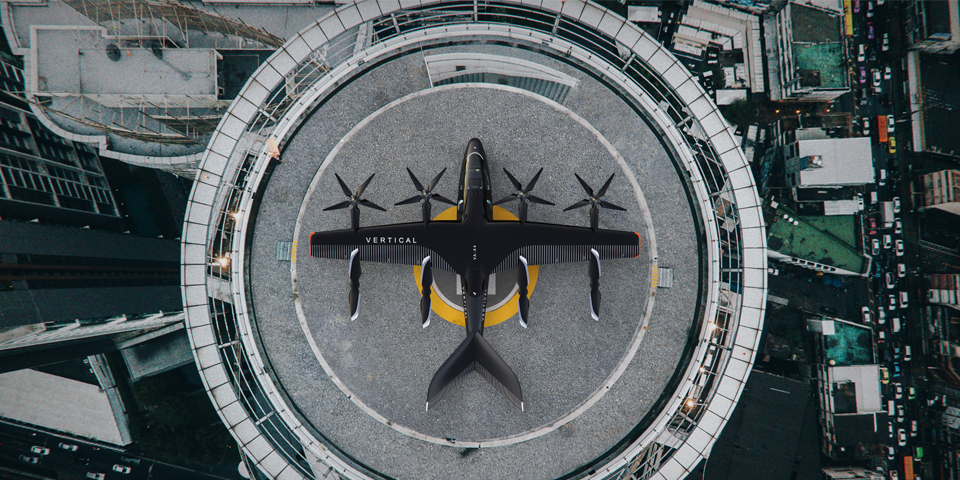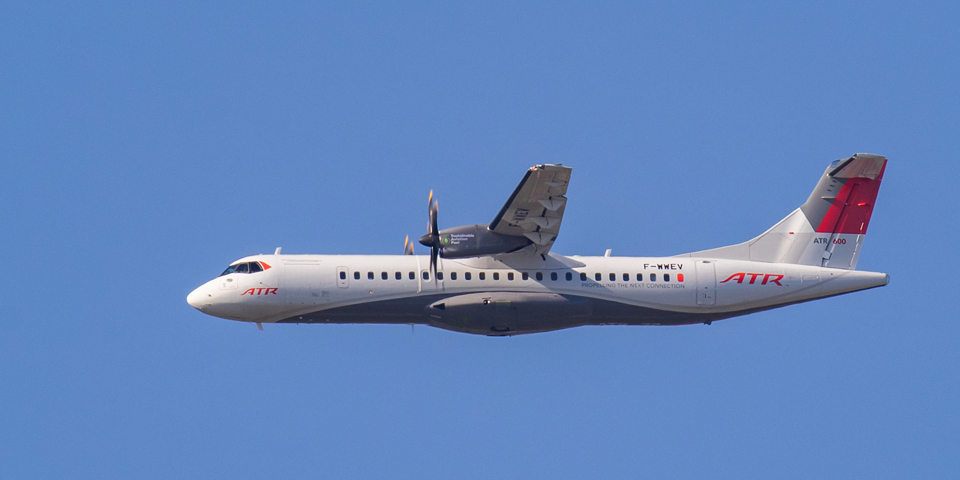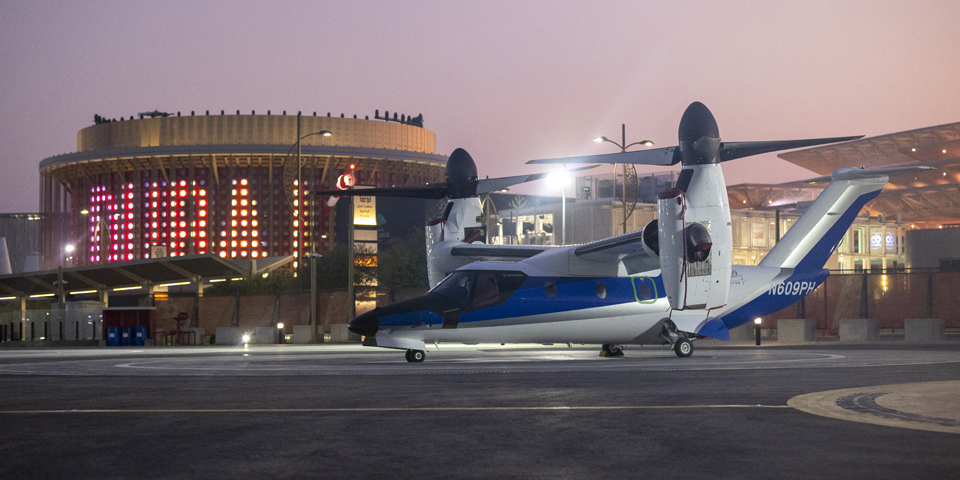The paradigm of Advanced Air Mobility identifies innovative transport services capable of improving the accessibility and mobility of cities, metropolitan areas and beyond, the quality of the environment, and people’s lives and safety. Operators are very interested in the outlook for this sector. During the 2021-2030 period, the Advanced Air Mobility market is expected to grow at a rate of about 20-25%, reaching an estimated value of about 38-55 billion Euro by 2030 (PwC Strategy& 2021).
The role of the aerospace industry
The aerospace industry is at the forefront of this process. As a global player in the sector, Leonardo has long directed the evolution of its technologies towards developing innovative products and services capable of meeting the needs of future air mobility. This is within the context of the dual challenge of digital and ecological transition. And today, it is at the forefront of all the cutting-edge technologies that will help shape future air transport.
Helicopters
Technological innovation has – over the years – made helicopters increasingly versatile and flexible, making them key players in ever more demanding search and rescue missions. For example, Leonardo’s AW169 was transformed into a proper medical facility, equipped for first aid treatment, and integrated into the health system network and, at the same time, introducing numerous innovations also for the transport of people or for public safety tasks in urban contexts from the point of view of navigation technology, power supply for on-board equipment, chemical and acoustic emissions.




